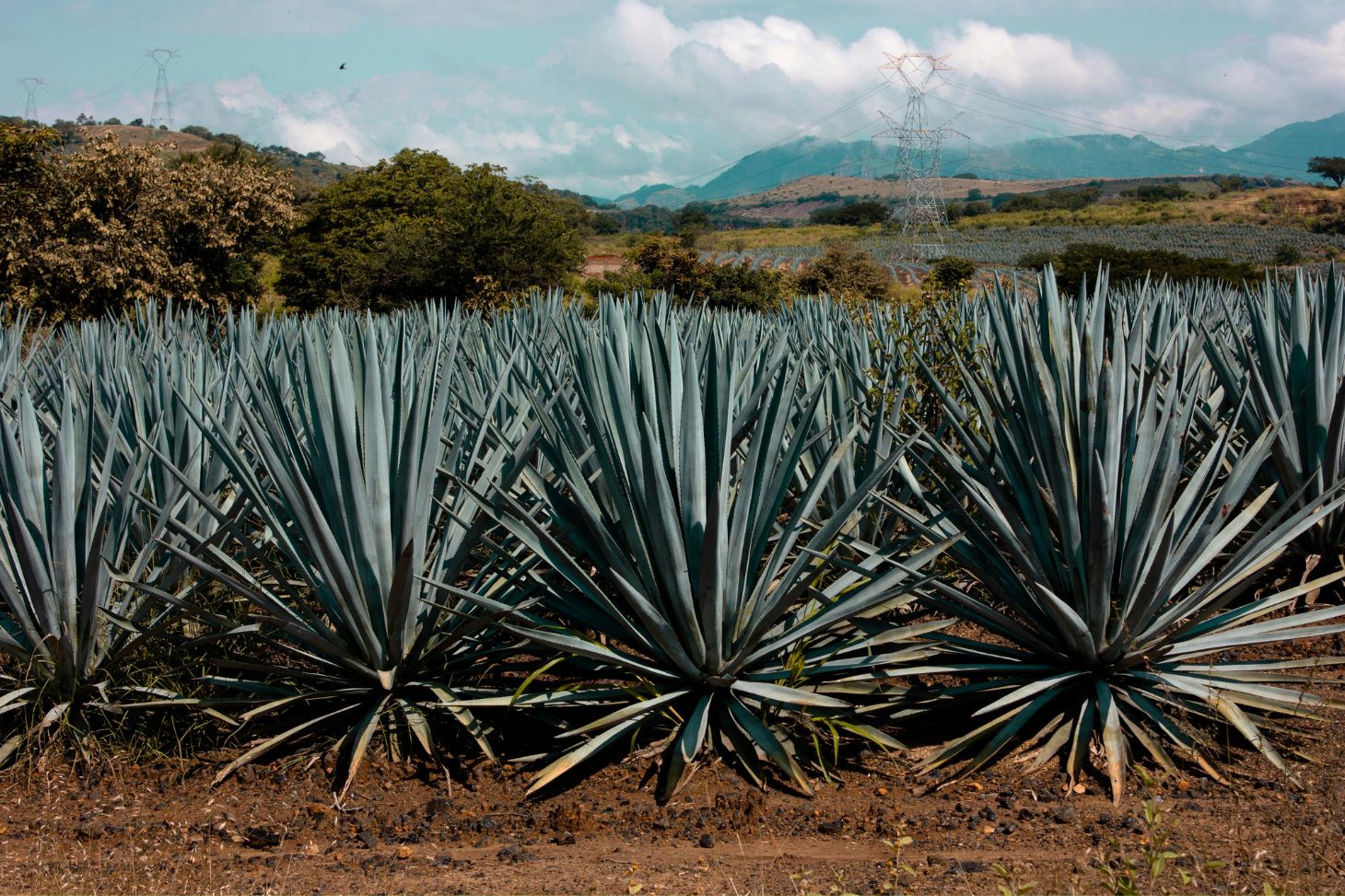Succulents Throughout History
Succulent plants have caught people’s attention for thousands of years because of their unique shapes and ability to survive where little else can grow. Succulents have been valued across the world for both their practical uses, like healing wounds, and their beauty in gardens and homes. You can still find them thriving on every continent except Antarctica, from stone gardens in Asia to the deserts of Africa.
Over time, your interest in succulents links you to cultures that used these plants in medicine, decoration, and daily life. As more people started growing and trading succulents, these plants became a big part of modern plant collections and gardening trends.
Key Takeaways
- Succulents have a long history of usefulness and beauty worldwide.
- People have grown and traded succulents for many generations.
- Succulents remain popular as both useful and decorative plants.
Origins and Early Uses of Succulents
Succulent plants have played a key role in different societies for thousands of years. These plants appeared in arid regions and became vital for both survival and well-being, thanks to their ability to store water and thrive in tough conditions.
Succulents in Ancient Civilizations
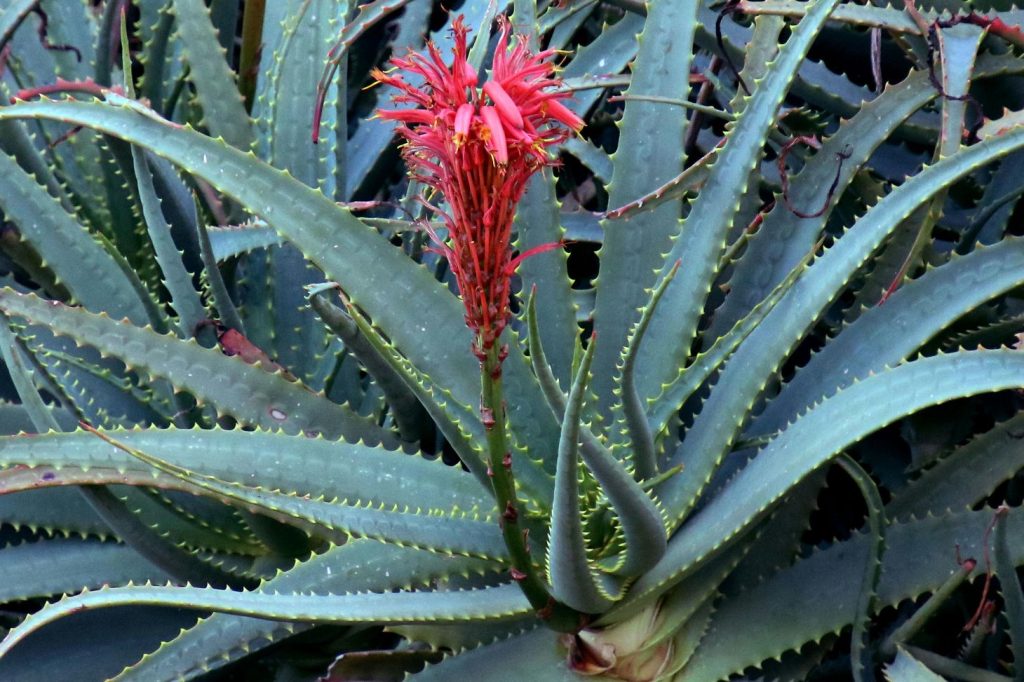
Ancient cultures across Africa, Asia, and the Americas valued succulents for both practical and symbolic reasons. In Egypt, aloe was used in embalming and for rituals, and wall paintings sometimes showed these plants as offerings to gods.
The Aztecs and Mayans also grew succulents like cacti for food and ceremonies. The Chinese kept jade plants and other succulents as symbols of good luck and fortune. Succulent species often appeared in gardens owned by the wealthy and in sacred spaces.
Some early societies planted aloe vera in courtyards and temples, believing it brought health and protection. These uses show just how closely ancient people lived alongside these hardy plants.
Traditional Uses in Medicine and Daily Life
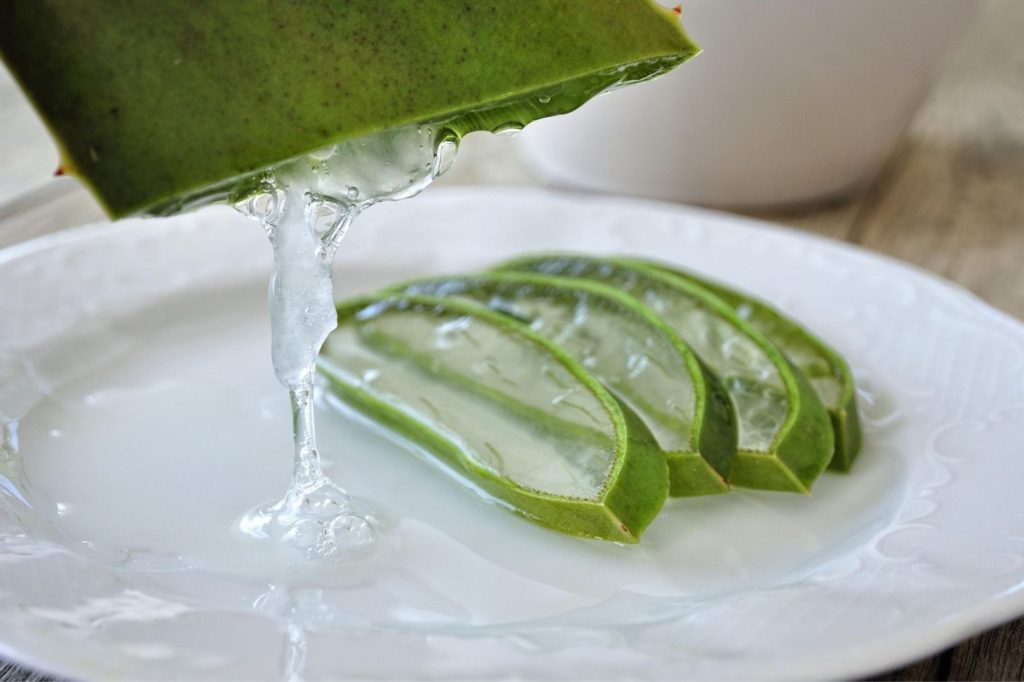
People in many cultures relied on succulents for their healing properties. Aloe vera stands out as a key example. Its gel was applied to burns, wounds, and skin problems in Egypt, Greece, and Rome. The ancient Egyptians called aloe vera the “plant of immortality” and used it in many remedies.
In arid areas of Africa and the Americas, local groups used certain cacti and agave species to treat stomach pain, fever, and infections. Succulent juices were sometimes mixed into drinks, while their leaves or sap were applied directly to the skin.
Aside from medicine, people found practical uses for succulents in daily life. Some cactus species provided food and water. Their thick stems could store liquid during droughts, helping people and animals survive dry periods.
Global Distribution of Early Succulent Species
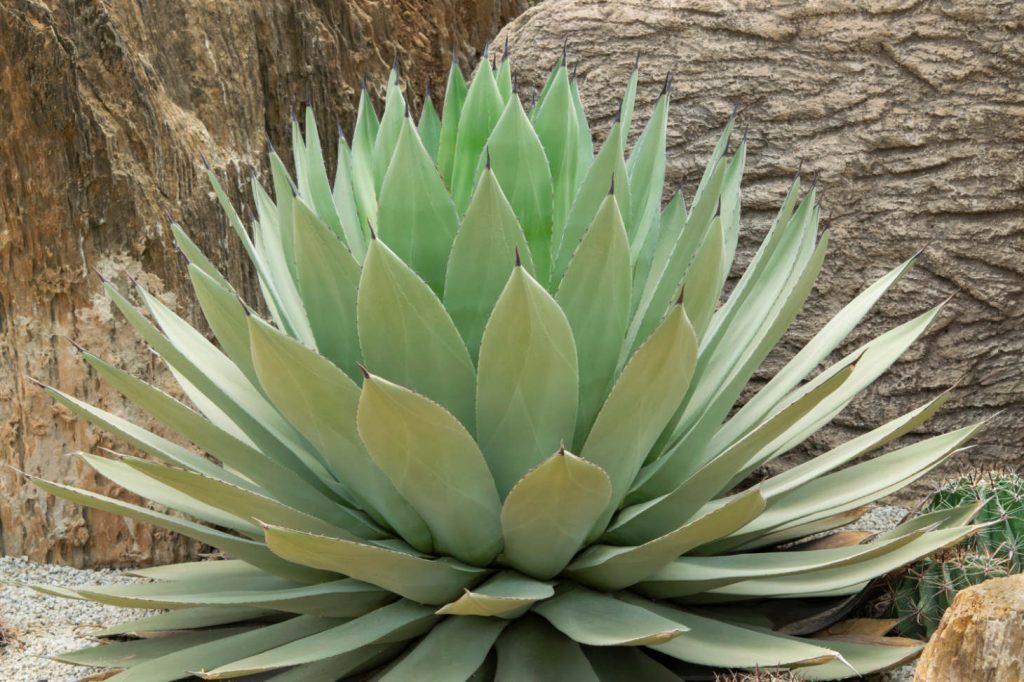
Succulents grew naturally in places with dry or semi-dry climates. Major groups include the cacti of the Americas and the aloes of Africa and the Middle East. Many succulent species adapted to storing water in their leaves, stems, or roots.
As people traveled and traded, they carried these plants to new lands. By the 15th century, explorers introduced more succulent plants to Europe and Asia. Within a few centuries, you could find different succulents on almost every continent except Antarctica. These plants became part of many gardens, homes, and traditions around the world.
Succulents in Cultivation and Horticulture
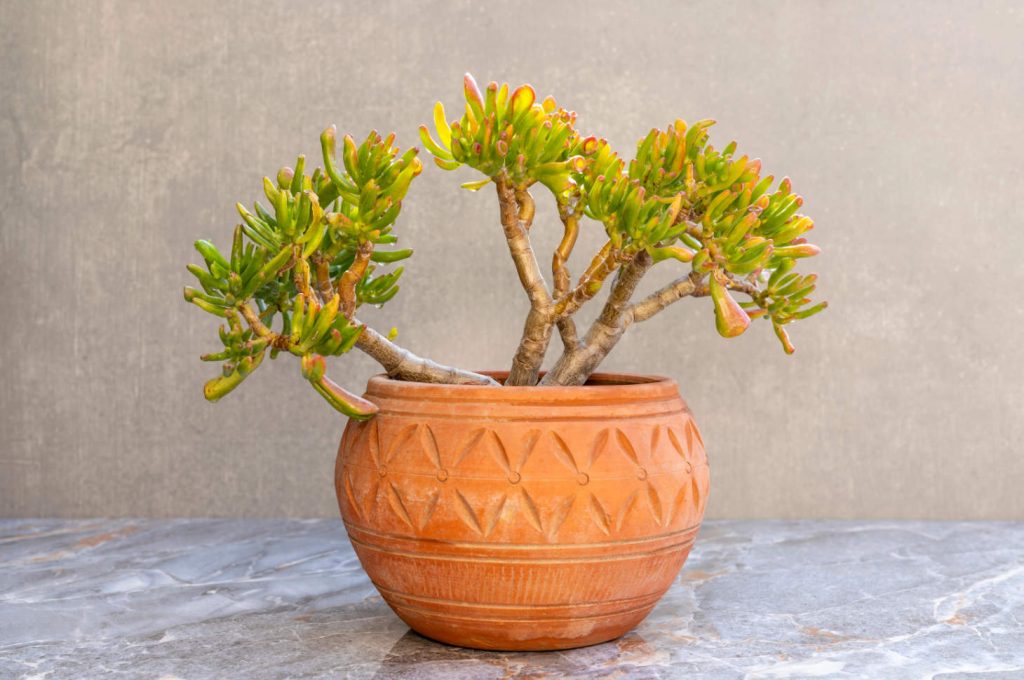
Succulents have shaped plant collecting, gardening styles, and home décor for many decades. Their unique features and minimal care needs make them a popular choice for both beginners and experienced gardeners.
Development of Succulent Collections
You can trace organized succulent collections back to European plant explorers in the 18th and 19th centuries. They brought home species from Africa, the Americas, and Asia, then cultivated them in private and public gardens. Succulent collections were prized for their diversity and ability to survive in various conditions.
Botanical gardens and greenhouses often featured echeveria, haworthia, and the jade plant (Crassula ovata). These collections helped scientists classify and study a wide range of species. By the 20th century, succulent societies and clubs began forming, connecting collectors and sharing care methods.
Enthusiasts today often build personal collections at home. You can see succulents on display at plant shows and local plant swaps around the world. This culture of collecting has helped to conserve rare species and introduce new hybrids.
Influence on Modern Gardening Trends
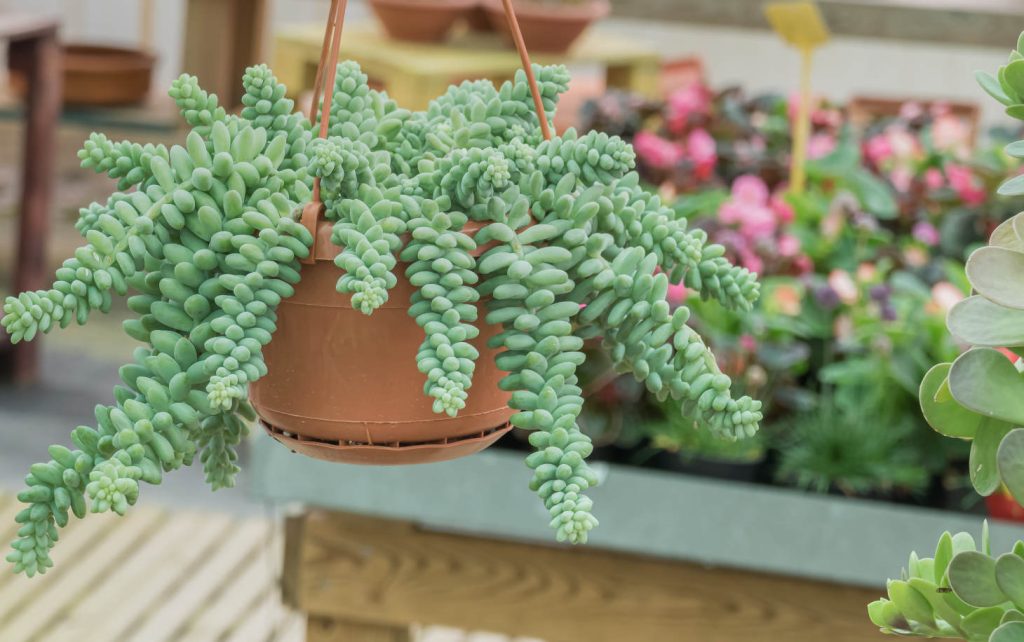
Succulents became especially popular in the late 20th and early 21st century because of their water-saving qualities. Droughts and increased interest in sustainable gardening highlighted the usefulness of these plants. Their ability to thrive with little water makes them helpful in dry regions.
You can see succulents used in rock gardens, as ground cover, and in creative displays like vertical gardens and terrariums. They fit well into modern aesthetics, such as minimalist home design and indoor gardening.
Lists of popular uses include:
- Container gardens
- Living walls
- Table centerpieces
- Office plants
Social media and plant communities have also made succulents even more trendy. Many people like their wide shapes, colors, and easy care.
Popular Succulent Varieties
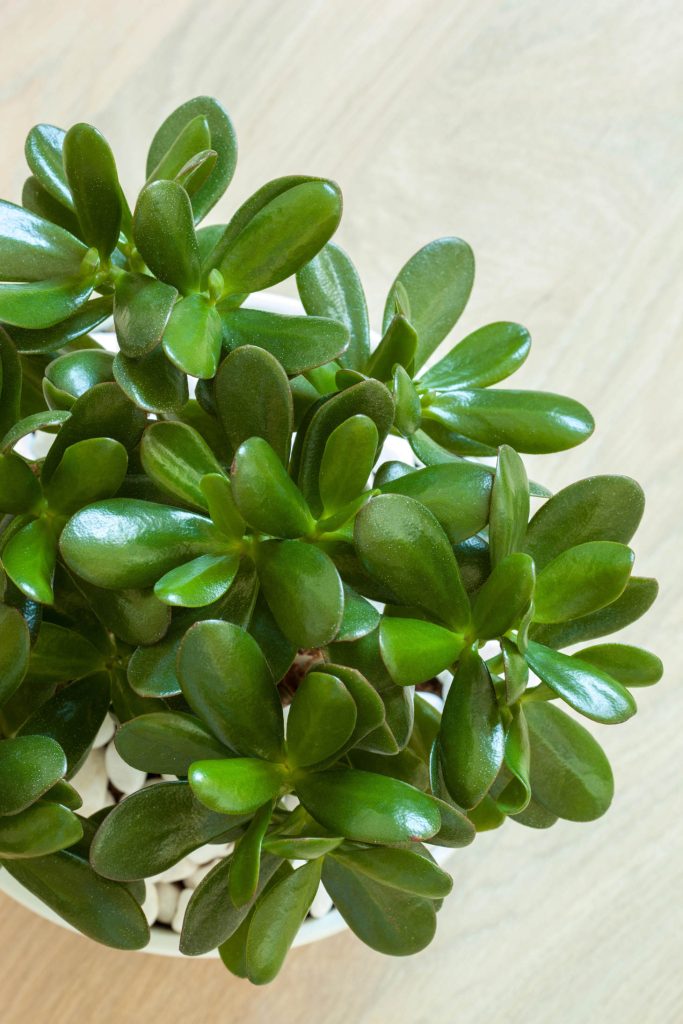
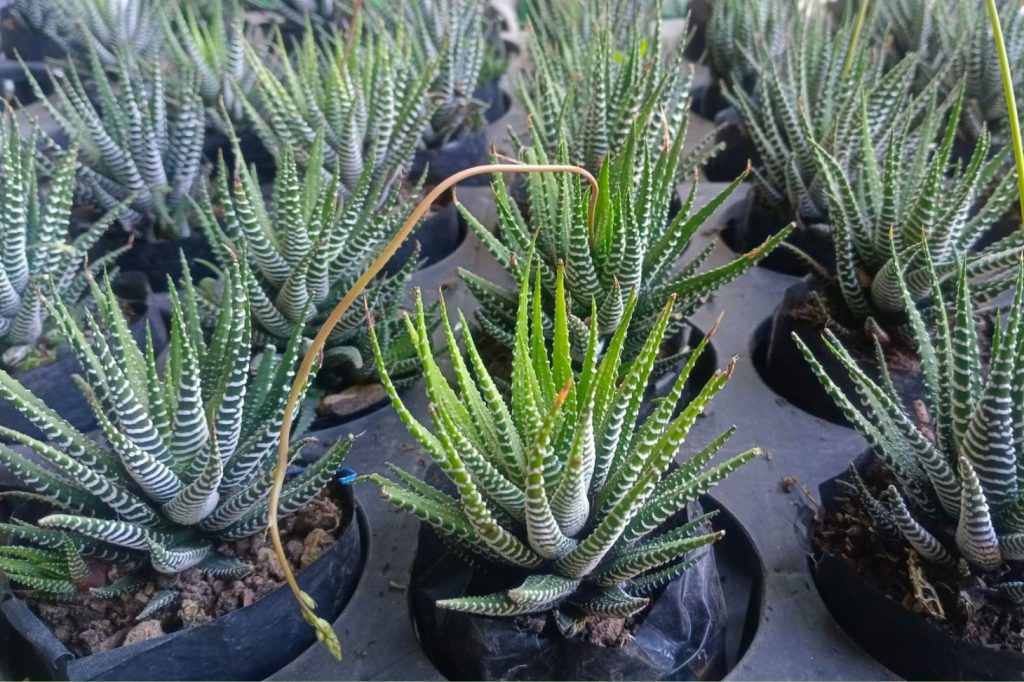
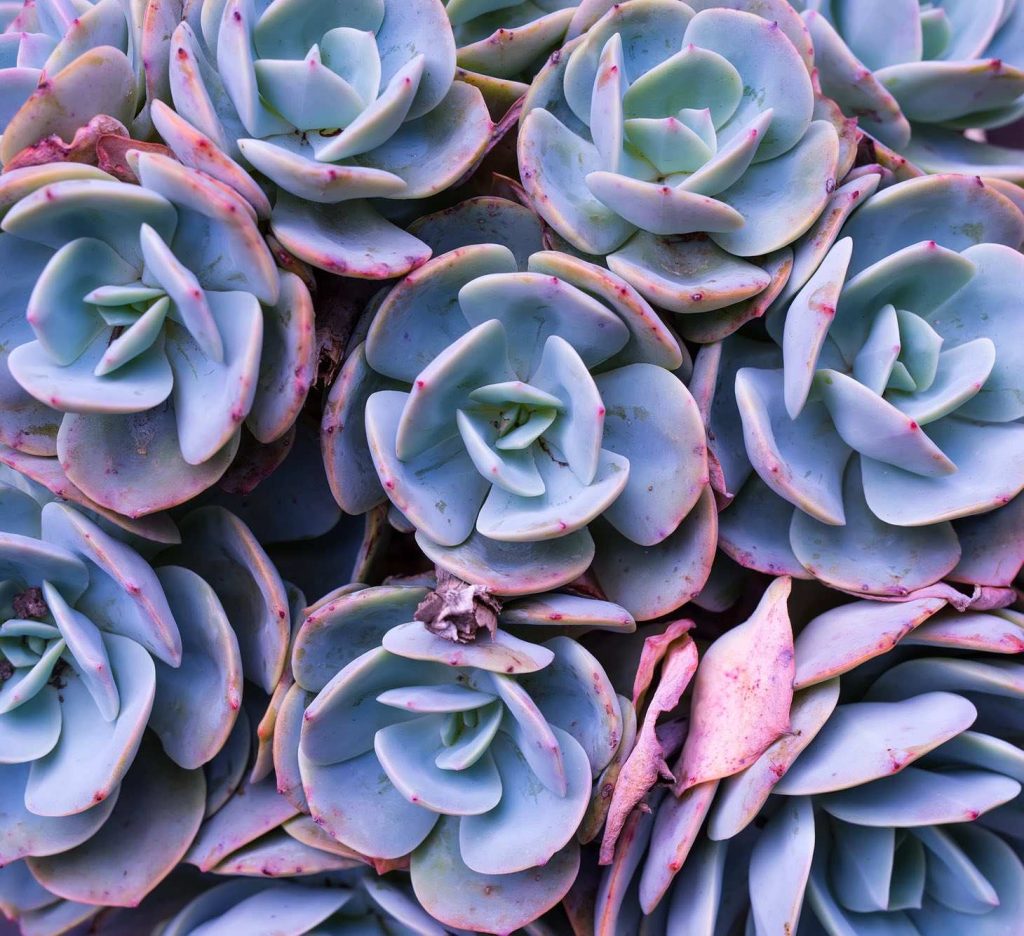
You probably recognize jade plants as classic houseplants. Echeveria and haworthia come in compact sizes, perfect for small containers. Many of these varieties are easy to grow, making them ideal for anyone new to gardening.
Rare or collector species exist, but most households grow common types. Each adds interesting texture and structure to your space.
Succulent Care Practices Through History
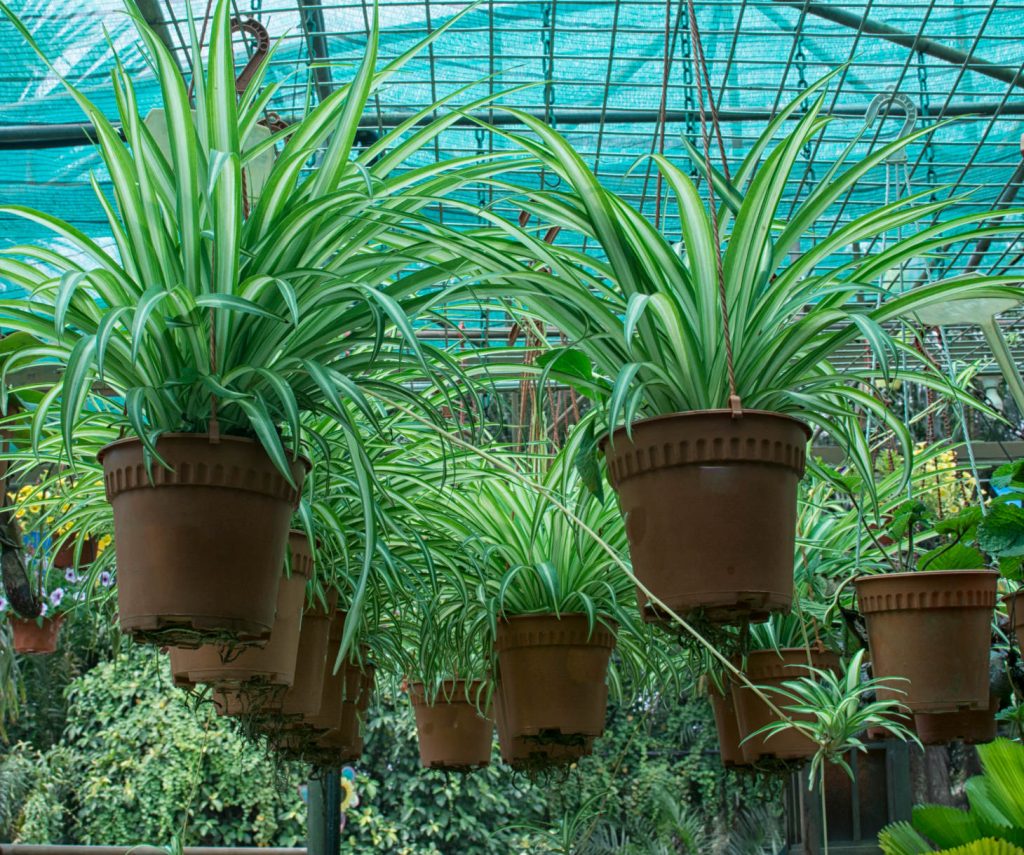
Early growers learned to keep succulents in dry, sunny spots. Greenhouses in the 1800s made it easier to control humidity, which helped keep the roots from rotting. Watering was done sparingly to mimic natural rainfall in arid regions.
Older care tips include using coarse, sandy soil and clay pots for better drainage. In recent decades, you began to see recommendations like using succulent soil and letting the soil dry before watering again.
Today, most succulent care still relies on traditions developed long ago, such as not overwatering and making sure the plants get enough light. New hybrids may need extra attention, but the basics have stayed the same.
Conservation and Global Trade of Succulents
Succulents face serious threats due to high demand, overharvesting, and illegal trade. Laws and regulations try to protect these unique plants, but the internet has made it easier than ever for people to buy succulents online, both legally and illegally.
Wild Collection and Overharvesting
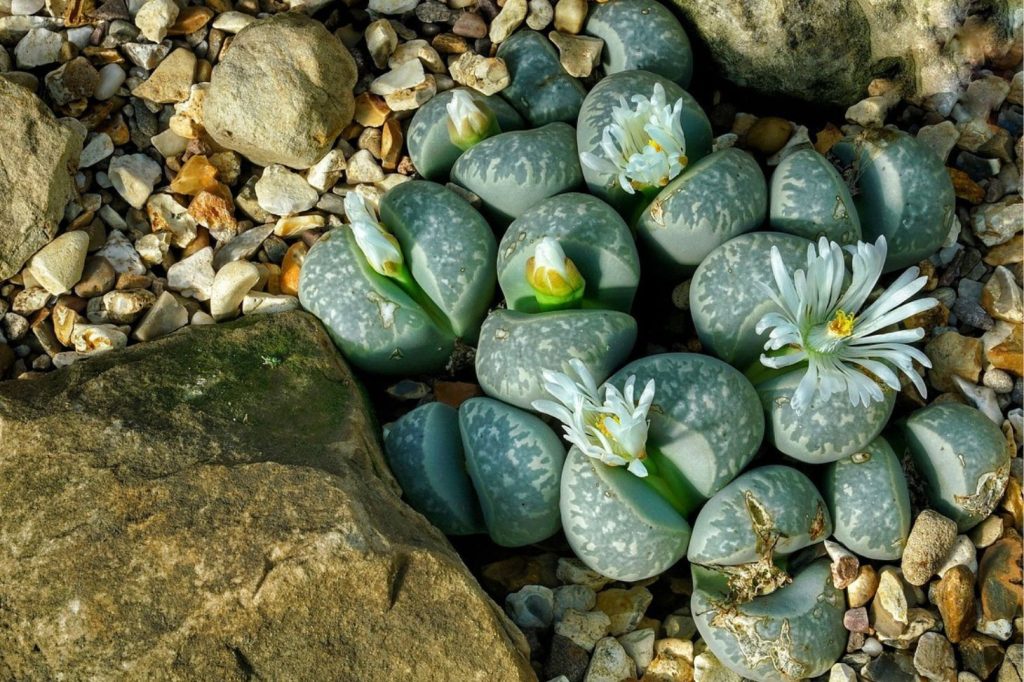
Many succulents, including lithops, are removed from the wild for collectors and gardeners. This harvesting can be unsustainable. For example, about 31% of all cactus species are at risk of extinction, and up to half of them are impacted by being collected for trade.
Wild collection can cause serious harm to natural habitats, especially where succulents grow slowly and take years to recover. Overharvesting often leads to a decline in wild populations. Some species, once common, have been pushed close to extinction.
Threats come from both local and international markets. The demand for rare varieties and plants with unique appearances drives much of this activity. When you buy a succulent that was taken from the wild, it can contribute to the loss of biodiversity.
Legal Frameworks and Protection Efforts
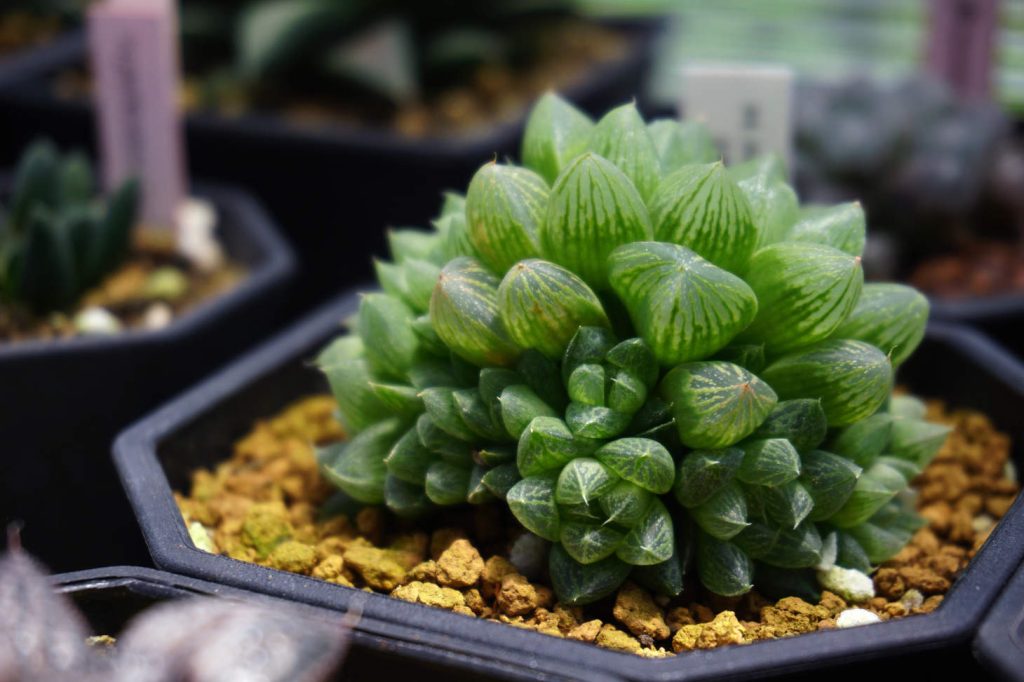
International laws, such as the Convention on International Trade in Endangered Species (CITES), regulate the trade of endangered succulents. Many members of the cactaceae family are protected. For example, exporting a saguaro cactus, native to the United States and Mexico, requires approval from both governments.
Countries use the IUCN Red List to assess which species need the most protection. Legal frameworks are important, but it can be difficult to check if a plant for sale was legally sourced. Identification and paperwork can be complex, especially with many species and hybrids in trade.
Ex situ conservation, such as growing plants in gardens or botanical collections, is another key method. Some growers and institutions work to preserve threatened varieties. Still, enforcement of protective laws is a challenge, especially with small plants that are easy to hide and ship internationally.
Online Commerce and Modern Availability
You can now buy succulents online from almost anywhere. This has made it easy for people to get popular species, but it has also increased the risk of illegal trade. Some sellers do not follow laws, offering wild-collected or protected plants without the right permits.
Online sales platforms may not always screen vendors or products carefully. This means protected succulents, like the rare lithops or endangered cactaceae, can sometimes be sold to people who do not know their origins. Social media trends and gardening sites help drive demand for unique or exotic varieties.
To lower your impact, look for sellers who use sustainable growing practices and can show that their plants are not taken from the wild. Responsible buying supports conservation and helps protect these species for the future.

